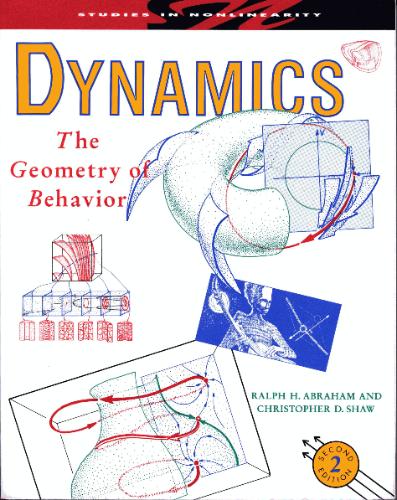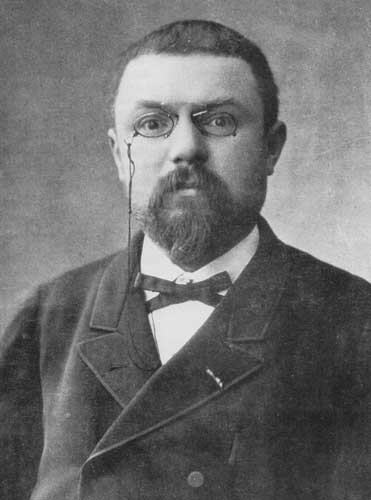G Galileo
The study of dynamics was begun by Galileo, all previous thinkers had been forced to remain in the field of statics. The field remained informal and many of the theorems implicit until the work of the French physicist and mathematician LaGrange formalized the calculus of variations. Later, the English physicist and mathematician Hamilton redid the same thing from a different angle (interesting to note what Hamilton was doing, he was convinced there would be a deep connection between theoretical optics and basic physics ... and he found it!). Unfortunately, these analytical methods rarely result in explicit global solutions
H Poincare
There was a revolution in these techniques brought out by the great French mathematician Poincare, who developed methods of analyzing classes of solutions. These methods use a new science of topology (he called it "analysis situs"), looking for things left unchanged by the kind of evolution we often see in systems. At the same time, Russian mathematician Lypunov was discovering the methods of linearization and equilibrium analysis. These methods dovetail nicely with each other.
A Lorenz Attractor
In the usual presentation, all of these techniques are heavily analytical, involving tremendous and difficult mathematics. This is perhaps a little strange, after all the whole theory works because there are a) only a few configurations one can have around an equilibrium (for equilibrium analysis/chaos theory) or b) only a few possible globally interesting shapes you can get (in topology/catastrophe theory). Christopher Shaw and Ralph Abraham's book Dynamics: The Geometry of Behavior is the book that uses this possibility. This book is very good for learning the heart of the theory, avoiding merely technical distractions. It is entirely geometric, taught without equations. I feel that from this book the very important subject could be learned by an ambitious high school student. Those technicalities must be dealt with in the long term if you want to become an expert, but this is a great first book.
R Abraham
The book is divided into four parts - it was originally multiple books. The first part is an excellent introduction to dynamical systems and a treatment of periodic systems. This part is interesting, though an economist might wish they spent more time on stable equilibria. They seem to regard them as fairly uninteresting, but as the above linked discussion makes clear, considering basins of attraction of a stable equilibrium can be good science. This is discussed in the third part, but I think it is more fundamental. The second part treats chaotic systems - which are extremely interesting to me personally. Most discussions of chaos focus on the consequences treated in the last part of this section, such as unpredictability, fractal structure and noisy spectra. These results are very clearly presented in an easily understood and demystifying way. Multiple equilibria are treated in the next section, which is good, but I again feel it should have been treated earlier. Finally, catastrophe theory is treated. Since much of my understanding of this theory comes from this book and Vladimir Arnold, I feel unable to comment on what I don't have a mastery of. I certainly feel as though I learned a lot from this section.
Very highly recommended, especially for self-teaching and especially to visual learners. However, be warned that Ralph Abraham's later books do not reach this standard.



No comments:
Post a Comment